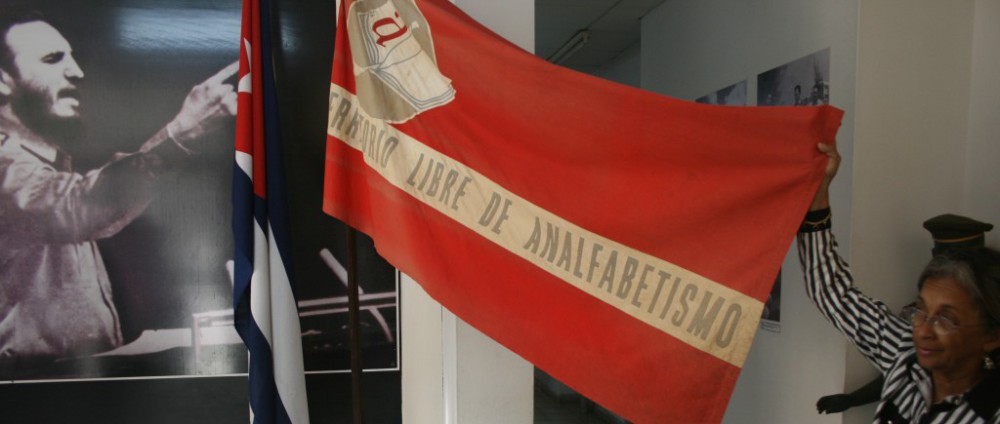We started the fateful journey from Miami, Florida to Havana, Cuba at 5:45 in the morning. Fourteen groggy students arose from their luxurious Miami hotel rooms and continued towards what they had imagined as anywhere from a paradise to a third world country. We landed in Cuba at around 11:00am EST. Surprisingly, the customs and baggage process was fairly easy.
Once we left the airport, everyone stood in line outside to exchange funds which was a long wait, but a fairly straightforward process. The humidity hit us like a ton of bricks, it was as if one moment, you were content and right when you walked outside, you were covered in sweat, as if you had just finished a long, intense workout. You could feel the thick air run through your when moving your arms back and forth. We boarded a bus and got our first true look at what Cuba was like.
The land was beautiful; a constant mix of farmland and urban population. Along the way, one thing that stood out was the tremendous amount of nationalism. In fact, one of the most interesting signs I saw read along about fifty feet of highway: “SOCIALISMO O MUERTE” or “Socialism or death.” We then arrived at the houses that we would be staying at for the two weeks. Our hosts were Carlos and Claudia, as well as a second house hosted by a man named Hector. My group stayed with Hector who was a very nice man, but spoke no English, so finding ways to communicate presented a challenge for us to overcome. We then had lunch at Carlos’ house which was excellent.
Our group took a tour of the Vedado, our neighborhood in Havana where we stayed. Two of the most interesting parts of our tour had to be both the North Korean embassy as well as a statue honoring John Lennon of the Beatles. The Lennon statue sported his classic glasses which are guarded by a local man who makes sure the glasses are not stolen from his head.
At dinner, we went out to a restaurant had mixed apps, virgin mojitos, and a pork meal with rice and some sort of potato, which although I was unsure as to what some of the food was, it was still excellent. To wrap things up, the entire group went up and sat on roof top of Carlos’ house and exchanged stories until we called it a night. My goal for the next two weeks is to try hard to speak Spanish when possible, no matter how rough my skills are. I went to bed exhausted but at the same time I could not believe I was in Cuba- a country that less than one percent of living citizens of the United States have visited. This alone was enough to keep me up, but what truly wired me was the fact that we still had so much to experience. It all had just begun.
